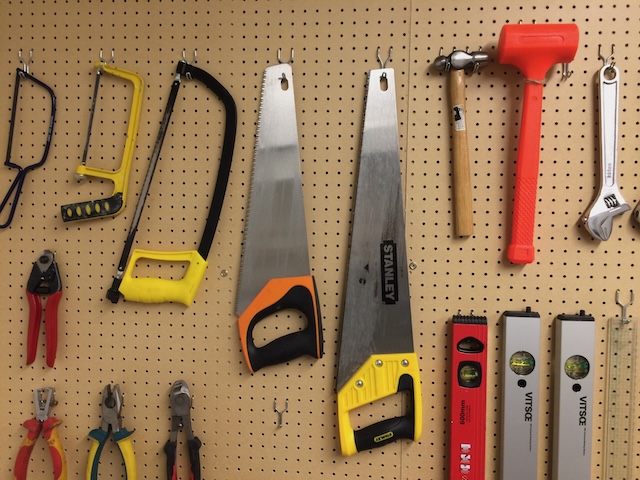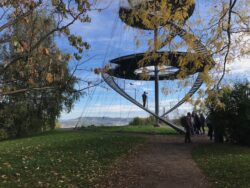This week marked the final session in our Introduction to Conceptual Design for Structural Engineers series, where we moved from generating ideas to something more demanding: whether the ideas are any good or not.
The focus of the session was modelling and testing—but not in the technical-detailing sense. Instead, we explored how early-stage models can help test key assumptions, communicate design intent, and show where the design needs to be improved.
We introduced the concept of the key system — in other words, the one factor that in the design the shapes how all other factors will follow.
Sometimes that’s the structural loads. Sometimes it’s the construction sequence. Sometimes it’s something more unexpected.
Participants explored different types of models—sketches, physical forms, mood boards—and reflected on how the right model depends on the audience. A key idea here: this is not about models that you need loads of compute to execute, these are quick sketches for the journey home from site on the train.
This session closed with a review of the whole process, from brief to idea generation to modelling and testing.
Up next: We’re developing a follow-on course, Advanced Conceptual Design for Team Leaders, which will take the conversation further—looking not just at individual creativity, but how we approach conceptual design as a team.



